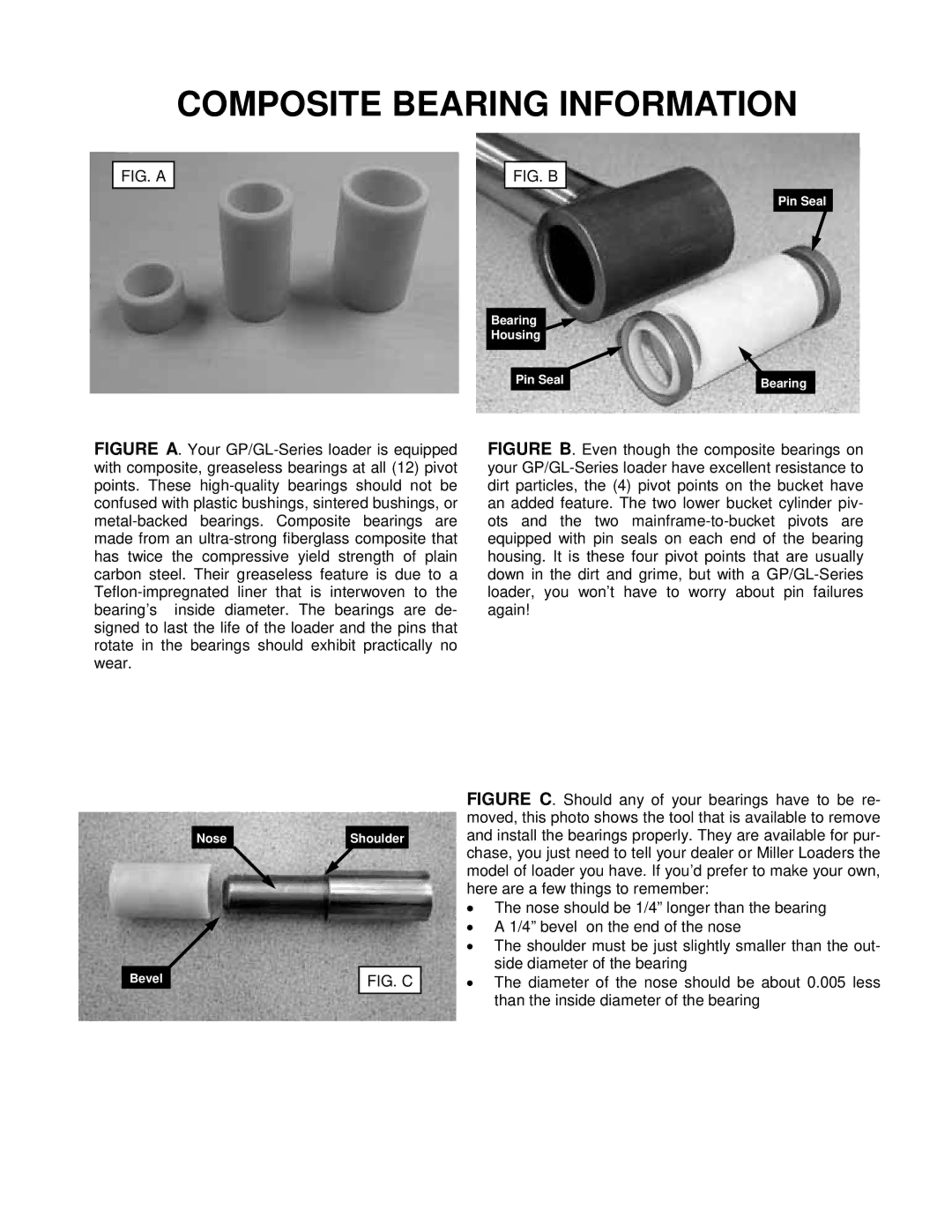GP25 specifications
The MK Sound GP25 is a prominent model in the realm of high-fidelity audio systems, prized for its ability to deliver an immersive listening experience. As part of MK Sound’s commitment to sonic excellence, the GP25 integrates several key features and technologies designed to reproduce sound with remarkable clarity and accuracy.One of the standout characteristics of the GP25 is its exceptional build quality. The enclosure is crafted from high-density MDF, which minimizes unwanted vibrations and resonance, ensuring that the audio remains true to its source. This robust construction contributes to a solid bass foundation, while the refined design complements various home aesthetics.
The GP25 incorporates a sophisticated driver setup, featuring a 5.25-inch woofer and a 1-inch tweeter. This combination allows for a well-rounded frequency response, delivering deep bass notes alongside crisp, high-frequency sounds. The tweeter utilizes a soft dome design, which aids in producing smooth and detailed treble, making listening to a variety of genres an enjoyable experience.
A notable feature of the MK Sound GP25 is its advanced crossover network. This technology ensures that frequencies are properly distributed between the woofer and tweeter, resulting in seamless integration across the audio spectrum. It enhances the overall performance of the speaker by reducing distortion and improving transient response.
The GP25 is also engineered with versatility in mind, allowing for easy integration into a variety of setups, whether used as part of a home theater system or a dedicated stereo setup. Its compact size and modern aesthetic make it an excellent choice for those with limited space who refuse to compromise on sound quality.
Furthermore, MK Sound's commitment to an accurate studio reference sound means that the GP25 is designed to reproduce audio as the creators intended. This makes it a favored choice for both audiophiles and professionals looking for precise monitoring capabilities.
In summary, the MK Sound GP25 stands out with its powerful performance, thoughtful engineering, and elegant design. With its combination of high-quality components, advanced technologies, and versatile applications, it remains a reliable choice for consumers seeking a superior audio experience. Whether for casual listening or critical evaluation, the GP25 proves to be a worthy addition to any sound system.

